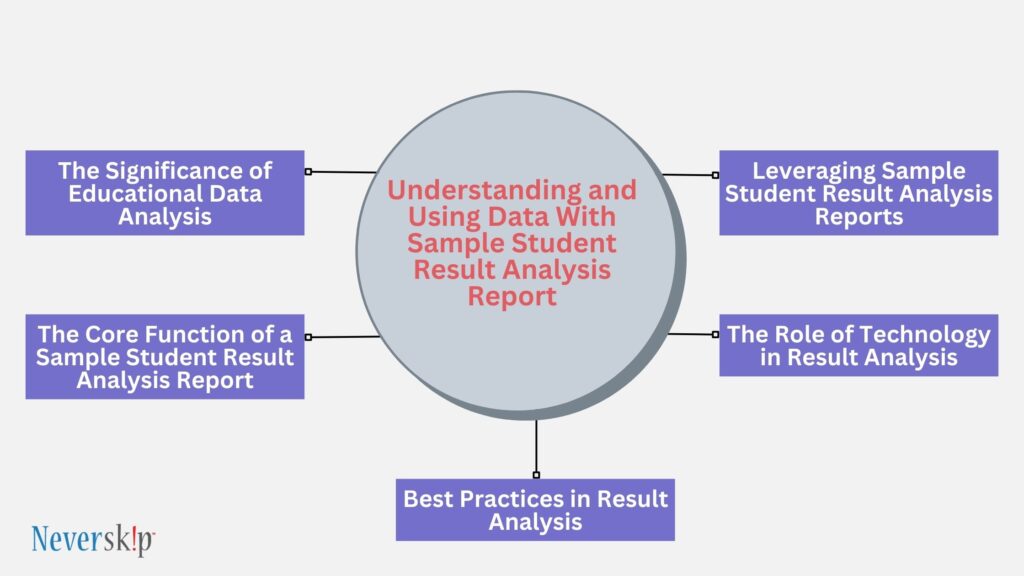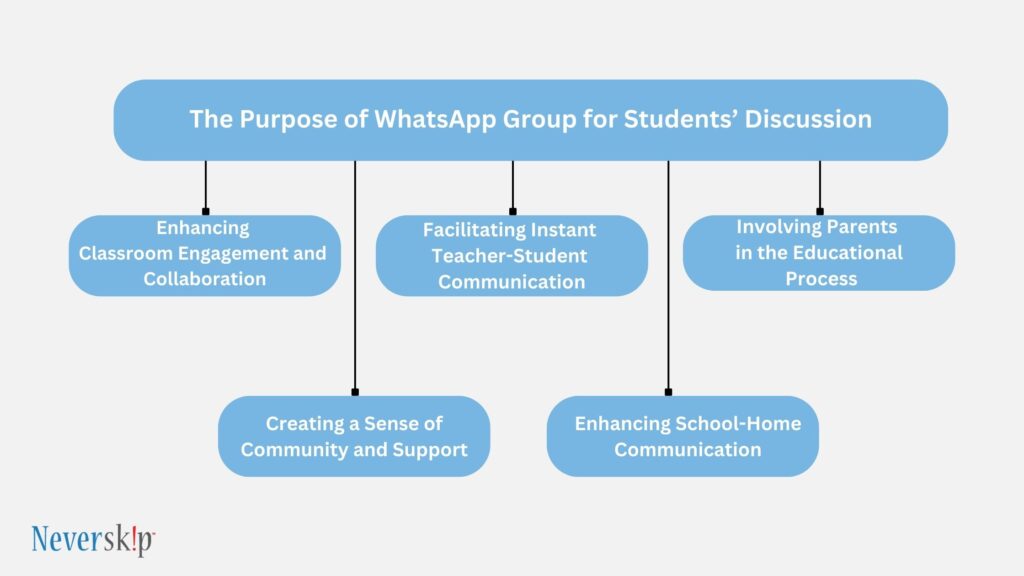In the ever-evolving world of education, the financial landscape has become increasingly intricate and multifaceted. The once straightforward task of collecting and managing school fees has evolved into a comprehensive financial strategy that requires finesse, foresight, and precision. For school principals and administrators, achieving financial stability and making informed, data-driven decisions have never been more critical.
This brings us to the pivotal question: How can schools ensure they are on the right financial track and provide quality education in an era where financial transparency and efficient resource allocation are paramount?
The answer lies in the seamless integration of reporting and analytics within fee management software. Fee management is not solely about collecting fees; it encompasses a spectrum of financial activities that directly impact the institution’s well-being and its ability to deliver excellent education.
Fee management software, armed with robust reporting and analytics capabilities, becomes the compass that guides schools through this intricate financial terrain. It allows educational institutions to gather, analyze, and transform complex financial data into actionable insights. These insights empower school principals and administrators to make informed, strategic decisions that contribute to the overall health and growth of their institutions.
From tracking fee defaults and optimizing budget allocation to projecting future revenue streams and identifying cost-saving opportunities, reporting and analytics in fee management software provide the necessary tools to navigate the financial complexities of modern educational institutions. They enable schools to maintain financial transparency, allocate resources judiciously, and prepare for the challenges and opportunities that lie ahead.
This blog will explore in depth the significance of reporting and analytics in fee management software for school principals and administrators. So, let’s get started!
What Reporting and Analytics in School Fee Management Means?
Reporting and analytics in school fee management refer to the comprehensive process of gathering, analyzing, and utilizing financial data to gain valuable insights into an educational institution’s financial health and performance. This practice involves the use of specialized software and tools to transform complex financial information into accessible and actionable reports.
At its core, reporting and analytics serve as a vital bridge between the raw financial data generated by fee collection processes and the informed, strategic decisions made by school administrators and principals. These processes encompass a range of financial activities, including fee collection, budget allocation, financial planning, and forecasting.
The fundamental aspects of reporting and analytics in school fee management include:
- Data Collection: Financial data, including fee payments, outstanding dues, and other related information, is collected and stored in a central database.
- Data Processing: The collected data is then processed and organized, making it suitable for analysis.
- Data Analysis: Robust analytics tools are employed to extract insights and patterns from the processed data. This involves techniques such as trend analysis, predictive modeling, and comparative analysis.
- Report Generation: Insights and findings are translated into comprehensive reports that are accessible to school administrators. These reports offer a clear, visual representation of the institution’s financial standing.
- Data-Driven Decision Making: The reports and analytical findings serve as a foundation for making informed, data-driven decisions related to budgeting, resource allocation, fee structures, and financial planning.
Reporting and analytics in school fee management enable educational institutions to:
- Track fee defaults and identify at-risk accounts for timely intervention.
- Optimize budget allocation by analyzing historical data and projecting future financial needs.
- Enhance financial transparency, making it easier for stakeholders to understand and engage with the institution’s financial processes.
- Project future revenue streams, enabling long-term financial planning and sustainability.
- Identify cost-saving opportunities and allocate resources judiciously.
See More: The Role of Transparency and Accountability in School Fee Management
The Role of Reporting and Analytics in School Fee Management Software

Now, let’s explore the multifaceted role that reporting and analytics play in school fee management software, shedding light on their significance, practical applications, and the benefits they offer to school principals and administrators.
1. Data Aggregation and Centralization
One of the primary functions of reporting and analytics in fee management software is the aggregation and centralization of financial data. These tools gather fee-related information, including payments, outstanding dues, and other financial details, into a centralized database.
This process simplifies data management, reduces manual errors, and ensures that all financial data is readily accessible.
2. Insights and Decision-Making
Reporting and analytics transform raw financial data into valuable insights and actionable information. By employing various data analysis techniques, such as trend analysis, predictive modeling, and comparative analysis, these tools allow school administrators to make informed decisions. Whether it’s optimizing budget allocation, setting fee structures, or planning for future financial needs, reporting and analytics guide strategic choices.
3. Transparent Financial Reporting
Transparent financial reporting is vital for schools and their stakeholders. Reporting and analytics generate comprehensive reports that offer a clear, visual representation of the institution’s financial standing.
These reports enable school administrators to communicate the financial health of the school to parents, staff, and board members effectively. They foster trust and understanding by providing a transparent view of the financial processes.
4. Fee Default Management
Timely management of fee defaults is a crucial aspect of school fee management. Reporting and analytics tools identify at-risk accounts and generate reports that help administrators take appropriate actions for recovering dues.
This feature minimizes revenue loss, enhances the financial stability of schools, and ensures that no fee collection is overlooked.
5. Budget Optimization
Efficient budget allocation is essential for schools to operate smoothly and invest in their growth. Reporting and analytics tools enable administrators to optimize budget allocation by analyzing historical data and forecasting future financial needs.
This data-driven approach ensures that resources are allocated judiciously, leading to cost savings and effective resource management.
6. Forecasting Future Revenue
Understanding and projecting future revenue streams is critical for the long-term financial planning of educational institutions. Reporting and analytics tools facilitate this by analyzing historical fee collection data and providing insights into future revenue trends.
These insights empower administrators to make strategic financial decisions, plan for contingencies, and ensure financial sustainability.
7. Cost-Saving Opportunities
Identifying cost-saving opportunities is an ongoing effort for educational institutions. Reporting and analytics tools help schools pinpoint areas where costs can be reduced. By analyzing financial data and identifying trends, these tools enable administrators to make informed decisions on cost-saving measures, improving the overall financial health of the institution.
See More: A Guide To Streamline Your School’s Fee Processing
The Bottom Line
In an era where educational institutions are challenged to adapt to an evolving financial landscape, reporting and analytics within school fee management software stand as the beacon guiding schools toward a future of financial health and sustainable growth. As the education sector continually seeks to provide quality learning experiences while ensuring fiscal responsibility, the role of reporting and analytics cannot be overstated.
The future of school fee management is undeniably intertwined with the integration of advanced reporting and analytics capabilities. These tools empower schools to harness the power of data, offering comprehensive insights into fee collection, financial transparency, decision-making, and long-term financial planning. The ability to centralize financial data, proactively manage fee defaults, optimize budget allocation, and identify cost-saving opportunities positions educational institutions on a path toward financial excellence and sustainability.
In this digital age, educational institutions require innovative solutions to efficiently manage their financial resources, and Neverskip’s fee management software is at the forefront of this transformation.
Book a free demo to explore more.

















































